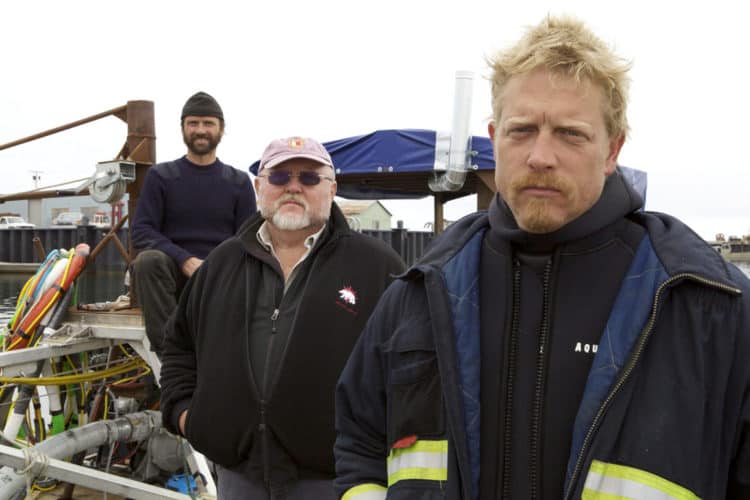
Since making it’s debut in 2012, Bering Sea Gold has made the idea of treasure hunting seem like much more than just a childhood fantasy. Each season, a group of miners, dredgers, and divers who search the Bering Sea in hopes of finding gold. The suspense and adventure in each aspect is enough to keep people on the edge of their seats. However, the show has left many viewers with one very important question: why does the Bering Sea have gold in the first place? Out of all the bodies of water in the world, what makes this location such a hot spot for treasure hunting? Although the question is fairly simple, the answer is a bit more complex. Keep reading to find out why there is gold in the Bering Sea in the first place.
Is There Really Gold In The Bering Sea?
It goes without saying that you can’t always trust what you see on reality TV. Just because the show is called Bering Sea Gold doesn’t mean there is actually gold in the Bering Sea. However, the good news is that there really is gold in the area. In fact, the history of gold in Nome, Alaska dates back to the 1890s. The area quickly became known for it’s gold supply, and both professional and immature miners began to flock to Alaska.
How Did The Gold Get There?
Now that we’ve established that the Bering Sea is full of gold, it’s time to figure out how it got there. Although there is no source that specifically explains the gold in the Bering Sea, having a better understanding of how gold forms helps answer that question.
According to ZME Science, the most commonly accepted theory on how gold was formed is this:”Gold, like most heavy metals, are forged inside stars through a process called nuclear fusion. In the beginning, following the Big Bang, only two elements were formed: hydrogen and helium. A few hundred million years after the Big Bang, the first stars were blazing away with their nuclear fires. These nuclear fires forced lighter elements together to make slightly heavier elements, and these nuclear reactions released a huge amount of energy.
The website also goes on to say, that gold reached the earth almost “200 million years after the formation of the planet when meteorites packed with gold and other metals bombarded its surface. During the formation of Earth, molten iron sank to its centre to make the core. This took with it the vast majority of the planet’s precious metals — such as gold and platinum.”
Realistically, there are lots of places in the world that have gold hiding under the surface. However, certain areas are designated as hot spots due to people having more success. In general, gold is usually found in moving bodies of water. This is because the movement of the water causes rocks to be moved and gold to be deposited.
Can Anyone Search For Gold In The Bering Sea?
Has watching Bering Sea Gold inspired you to go out on a treasure hunt of your own? As you can imagine, the answer is yes for a lot of people. The short answer is that yes, anyone can look for gold in the Bering Sea. However, you’ll have to take care of a few things before getting started. Before beginning the search, miners “must first obtain an inspection from the U.S. Coast Guard. An approved Coast Guard vessel inspection is also required by the Department of Natural Resources in order for dredgers to obtain a seasonal permit to dredge in Nome.”
Whether you’re a professional dredger or a hobbyist, it’s important to stay aware of the rules and follow them closely. While the changes of you hitting a major jackpot are pretty slim, it could still be a fun experience.
 Follow Us
Follow Us





